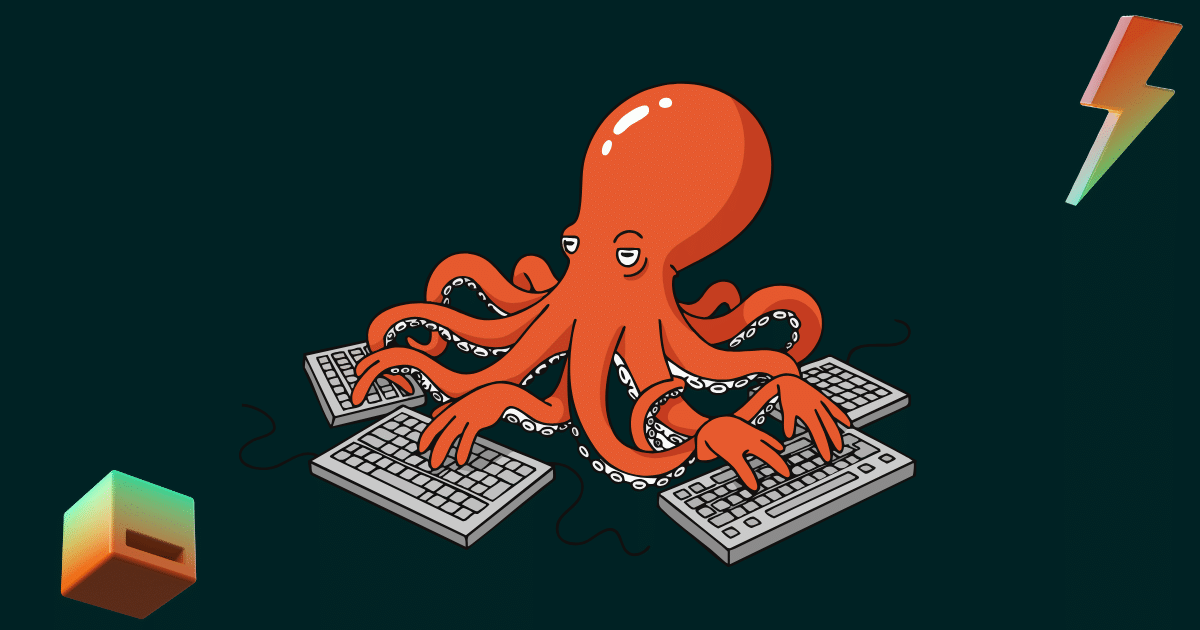Need Someone to Handle Support, Tech Debt, and Team Focus? Meet the Paladin

Every sprint, team members juggle a mountain of responsibilities – planning new features, fixing bugs, running tests, and still trying to squeeze in time for support, monitoring, and ceremonies. And let’s be honest: technical debt usually ends up somewhere near the bottom of that never-ending to-do list.
Enter the Paladin – a brave soul with a new set of duties each sprint.
This role helps teams stay focused, move faster, and still tackle the things that usually fall through the cracks. Curious how it works? Let me share what we’ve learned in my team.
Meet the Paladin – defender of focus, slayer of tech debt
The Paladin is a dedicated team member with unique responsibilities each sprint – a hybrid between a sprint host and a support guardian.
This role runs alongside the sprint, not within its planned capacity, serving as the shield that protects the team from distractions, context switching, and chaos.
Duties of the Paladin:
- Monitor team support and monitoring channels.
- Provide immediate support and troubleshooting for reported problems.
- Host all sprint-related ceremonies, such as daily standups, sprint reviews, and sprint planning.
- Resolve tech debt and improvement tasks during support downtime.
The Paladin helps the team stay laser-focused on sprint goals while reducing distracting context switches. It speeds up response times for support, monitoring, and incident handling – all without impacting sprint or company objectives.
And a happy side effect? It frees up time to tackle tech debt and improvement tickets that would otherwise languish in the backlog.
What it looks like in action?
Our team has a dedicated Kanban board for tech debt and improvement tasks (including tasks with special labels and bugs). This allows us to prioritize items that the Paladin can tackle without affecting the team’s availability or deliverability.
Some examples of tasks the Paladin has successfully handled include migrating microservices to a new framework (.NET 6 to .NET 8), improving CI/CD pipelines, ensuring compliance with various ADRs, enhancing logging, and moving background logic to dedicated jobs.
Beyond task management, the Paladin also participates in PR reviews. This serves two purposes:
- Ensuring there are enough team members for quality reviews.
- Keeping the Paladin up to date with ongoing sprint tasks.
Additionally, having the Paladin facilitate sprint-related ceremonies indirectly strengthens soft skills while helping push sprint goals forward. Another indirect benefit is that the Paladin frees up time for tasks that often get sidelined in the normal team flow, such as improving documentation, support, and monitoring.
Do you need a Paladin?
The biggest value of the Paladin role is that it allows teams to focus their sprint time on delivering sprint and company goals without losing too much time to mundane tasks like support, monitoring, tech debt, and sprint ceremonies.
By having a dedicated team member each sprint to handle these responsibilities, we indirectly increase the value of the whole team and improve our ability to support future features. Of course, every team is different, and the challenges they face are unique, so this role can be used as a template to tailor the best experience for your own team.



